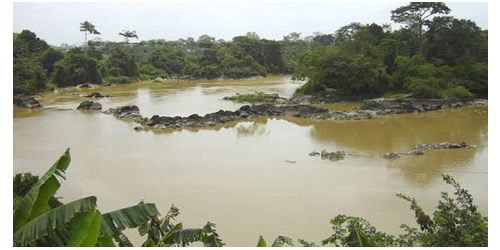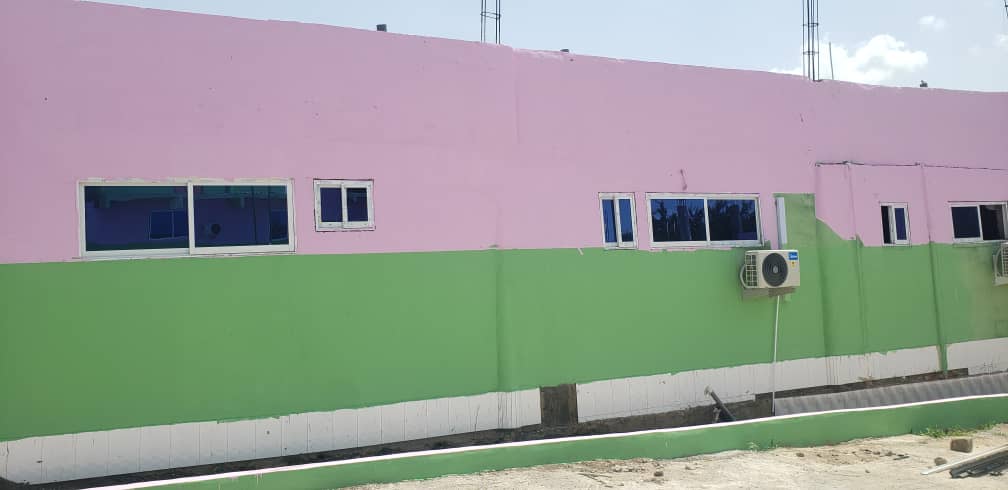Load-shedding to intensify

Power consumers have to gird their loins for an intensified load-shedding regime because of a generation shortfall of more than 500 megawatts (MW).
The shortfall represents almost a third of the entire 2,000MW needed for distribution.
The situation has forced some electricity consumers to endure days of blackout, while others experience power outages every four to six hours.
Stakeholders in the energy sector have been holding meetings to enable the Electricity Company of Ghana (ECG) to come up with a new timetable on the load-shedding exercise which will take into account the current energy shortfall.
Consumers were initially experiencing 12-hour blackout and 24-hour light on.
The Manager of the System Control Centre of GRIDCo, Mr Frank Otchere, told the Daily Graphic in an interview that “the new timetable will probably tighten the schedule a little more than the current one”.
Although he was not specific as to the number of hours for the outages or the quantum of load that would be shed, he said “the duration of power outages may increase to make up for the load shedding”.
According to the Volta River Authority (VRA), the power crisis had intensified over the past weeks as a result of low water levels in the Akosombo, Bui and Kpone dams, coupled with inadequate gas supply from Nigeria and the breakdown of some power generators.
The Chief Executive Officer of the VRA, Mr Kirk Koffi, in an interview, explained that the low water levels were due to inadequate rainfall to feed the dams with the level of water needed.
He said the Akosombo Dam, for instance, was running on four turbines, which meant that 400MW at Akosombo had been lost.
Mr Koffi further explained that the Asogli Plant was down to half capacity, the equivalent of about 90MW.
However, he said it was expected to come on stream in the next two weeks.
“The Cenite Thermal Plant in Tema which also generates 100MW is down, while TICO, which also generates 100 MW, is down but is currently on stream,” he said.
On gas supply from Nigeria, he said gas in flow was between 20 million and 60 million standard cubic feet (scf), instead of about 120 million scf needed.
He said the VRA’s thermal plants had been running on gas from Atuabo since November last year and was currently feeding the plants with about 58 million scf of gas.
While the government made efforts to bring on board emergency generation plants, Mr Koffi said, the VRA would also commission a 220MW plant at Kpone by March 2015.
He urged Ghanaians to cultivate the habit of saving energy, since there was a lot of power wastage in the system.
In the past 15 years, about 1,000MW of thermal generation capacity has been added, resulting in Ghana’s current generation capacity of 2,125MW.
The Akosombo Hydroelectric Power Plant supplies about 1,020MW of energy, followed by the Bui Dam, which produces 400MW, with the Aboadze Thermal Plant producing 360MW and the Takoradi Thermal Plant 330MW.
Kpong produces 160MW, while the country’s first solar plant at Punga in the Upper East Region produces 2MW, giving the country 2,272MW of combined electricity supply.
Thermal power plants to produce 500MW have been installed and inaugurated in Tema at various times.
Some of them are public projects, but most of the capacity is private (Sunon Asogli — 200MW) or semi-private (CENIT — 126MW).
Several thermal generation projects, totalling over 1,000MW, are currently at various stages of development by both public and private operators.
These projects include Kpone (Alstom), Sunon Asogli expansion, Takoradi 2 combined-cycle expansion, CENIT/TT1PP expansion and Takoradi 3 expansion.
The country still faces unreliable and inadequate power supply, despite the generation capacity made up of about 50 per cent hydro and 50 per cent thermal.
Source: GBC





